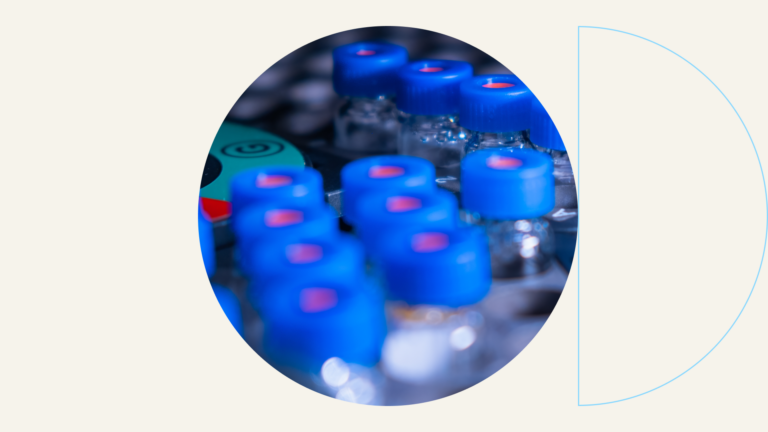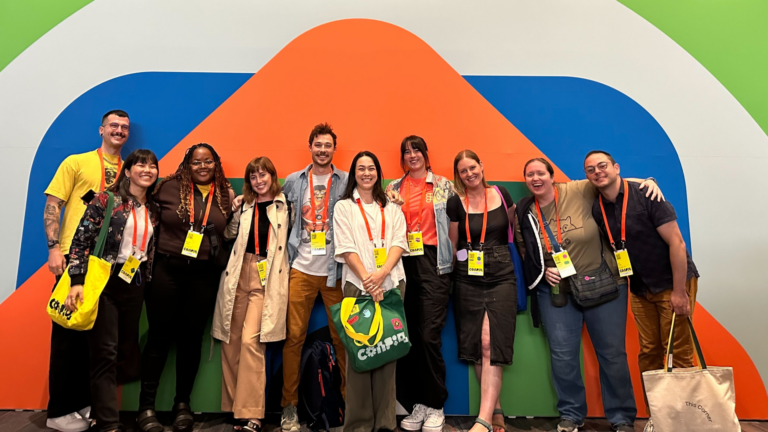Design as Evolution

The hammer is a beautiful tool. I like to think it exists as the result of a very slow evolution. We can imagine early humans first lifting sticks and rocks to crush other objects. After generations, someone discovered that rocks of a certain shape gave a better grip. With only a primitive sense of physics, they found that sticks with a heavier swinging end provided more leverage. Then, one day, Elon Cavemusk strapped a rock on the end of a stick and the world changed forever. We went from using the objects we found around us to assembling disparate components into a tool.
OK, maybe the first tool was an axe, or a spear, or something else entirely. [Editor’s note: it was a hand axe!] Whatever it was, the first human-modified tool was the product of generations of observation and was the first feat of engineering in which our species ever participated.
When I taught design theory, I used to begin one of my classes by talking about the evolution I described above and its role in design.
You see, the modern hammer hasn’t gone through much modification in recent times. It doesn’t need major refinements in order to be the ultimate expression of its purpose. Sure, we can create speciality hammers as new uses come up—we can also play with the materials or the grip—but a hammer does what it is designed to do so well that we don’t need to mess with the fundamentals to create new ones.
From an engineering and design perspective, the hammer has everything: it uses leverage, buffers the blow from our hand, and ergonomically synchronizes with the structure of our limbs. Heck, a good hammer is even aesthetically pleasing, and it becomes more attractive the more it is used.
I often regard the job of design as speeding up the evolution of tools. Rather than having people stumble through random observations and waste generations of time, we grab things from our toolkit to speed up that process. That’s called design. It’s a science that is best practiced by observing the real world and knowing which features play better with how humans interact with the world.
I recently re-read Michael Pollan’s The Omnivore’s Dilemma with a designer’s eye, and one of his observations reminded me of this natural evolution of tools. He and many of the folks he observes in his book point out that trying to bypass nature creates unintended problems that you suddenly need to fix, then that solution causes more problems, and so on.
In the case of food, the attempt to industrialize what we eat has resulted in low-nutrition, high-fat, high-sugar foods. Rather than figure out how to harness the amazing power of nature in a way that can feed billions of people, we’ve reengineered the entire process and created more problems than we’ve fixed.
This is very similar to a challenge we encounter often in designing business systems. A client comes to us with an interface for a system that has artificially evolved. The owners of the system have hacked through every problem that has come up, but each fix introduces more issues. The UI is a patchwork quilt of workarounds that serve the technology instead of the usefulness of the application. Instead of a beautiful form that could have evolved over years, it’s become a frankenstein monster of technologies and designs stitched together. It’s hideous, but it’s alive. It has a heart, but it resents its creator. It roams the countryside terrifying everyone who comes in contact with it.
The point here is that there is often no acceptable fix to that monster UI. This is much like the flawed system that Pollan describes to feed a growing population:
- Too much corn? Feed it to the cows.
- Cows get sick on a corn diet? Load them with antibiotics.
- Bacteria develop resistance to antibiotics? Hmmm… how can corn cure sick people?
It’s a system of patches that create more problems, yet nature slowly evolved to solve the problem long before we were conscious of any technology.
If we pointed our best design team at the modern food challenge and gave them all the time and money they needed to solve the antibiotics problem, I’d be disappointed if their solution didn’t involve resetting the food chain back to how it worked before humans re-engineered it.
Figuring a way to industrialize that is the real design challenge. Fighting evolution seems like a loser’s bet—though you can’t beat a McDonald’s french fry every once in awhile.



